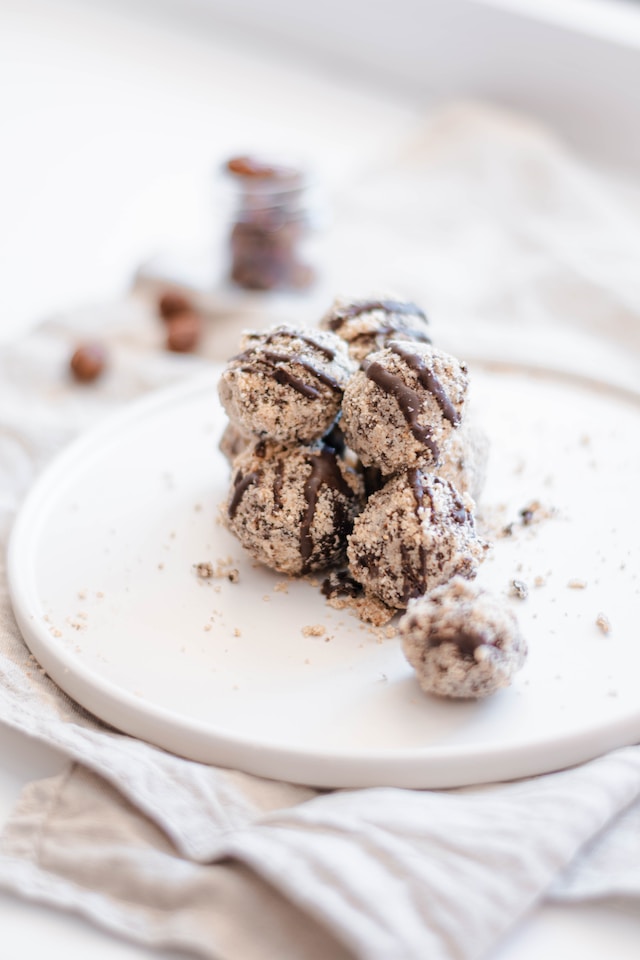There’s nothing quite like the smell of freshly baked cookies wafting through the house. And for many of us, the temptation to sneak a taste of the raw cookie dough is almost irresistible. However, the Centers for Disease Control and Prevention (CDC) warns against eating raw cookie dough due to the risk of foodborne illness.
Raw cookie dough contains raw eggs, which can carry salmonella bacteria. In addition, raw flour can also contain harmful bacteria such as E. coli. Eating raw cookie dough can lead to foodborne illness, which can cause symptoms such as diarrhea, fever, and abdominal cramps.
The CDC has been warning against the consumption of raw cookie dough for years, but the message has gained renewed attention in recent years due to several outbreaks of foodborne illness linked to raw cookie dough.
In 2016, an outbreak of E. coli infections linked to raw flour sickened 63 people across 24 states. The outbreak led to a recall of 10 million pounds of flour. In 2019, another outbreak of E. coli infections linked to raw flour sickened 21 people across 9 states.
Despite the risks, many people continue to eat raw cookie dough. In a survey conducted by the FDA in 2019, 25% of respondents reported eating raw cookie dough. Of those who ate raw cookie dough, 40% said they did so because they enjoyed the taste, while 36% said they did so because it was a childhood tradition.
The CDC’s warning against raw cookie dough raises an important question: is taste more important than safety? For many people, the answer is yes. The taste of raw cookie dough is a beloved childhood memory for many, and the temptation to indulge in it can be strong.
However, the risks of foodborne illness cannot be ignored. Salmonella and E. coli can cause serious illness, and in some cases, can even be fatal. Pregnant women, young children, and those with weakened immune systems are particularly vulnerable to the effects of foodborne illness.
So, what can be done to balance the desire for taste with the need for safety? The CDC recommends using pasteurized eggs and heat-treated flour in recipes that call for raw eggs or flour. Pasteurized eggs have been heated to a temperature that kills bacteria, while heat-treated flour has been treated to kill harmful bacteria.
If you don’t have access to pasteurized eggs or heat-treated flour, the CDC recommends avoiding raw cookie dough altogether. Instead, try making cookie dough without raw eggs or flour. There are many recipes available online that use substitutes such as applesauce or yogurt in place of eggs, and cooked flour in place of raw flour.
In addition to following these recommendations, it’s important to practice good food safety habits when handling raw cookie dough. Wash your hands and any surfaces that come into contact with raw dough with soap and water. Use separate utensils for raw dough and cooked dough to avoid cross-contamination.
It’s also important to remember that taste and safety are not mutually exclusive. By using pasteurized eggs and heat-treated flour, or by making cookie dough without raw eggs or flour, you can still enjoy the taste of cookie dough without putting your health at risk.
In conclusion, the CDC’s warning against raw cookie dough is a reminder that taste should never come at the expense of safety. While the temptation to indulge in raw cookie dough may be strong, the risks of foodborne illness are too great to ignore. By following the CDC’s recommendations and practicing good food safety habits, you can still enjoy the taste of cookie dough without putting your health at risk.




